Unyong Ddukbaegi Spagetti (우뇽뚝배기스파게티)
6.3Km 2021-03-29
10, Seodal-ro 10-gil, Dongjak-gu, Seoul
+82-2-816-6338
Ddukbaegi cream pasta is popular. The best menu at this restaurant is pasta. This Western dishes restaurant is located in Dongjak-gu, Seoul.
Seoul Namsan Gugakdang (서울 남산국악당)
6.3Km 2021-08-02
28, Toegye-ro 34-gil, Jung-gu, Seoul
+82-2-2261-0500
Seoul Namsan Gukakdang was established by Seoul Metropolitan Government as a representative traditional art-centered performance hall in 2007. It is comprised of one ground and two basement levels. The performance hall is located on the basement floor with 300 seats, equipped with facilities that deliver pansori sounds and gayageum music to every seat. Visitors can make a reservation at the Namsangol Hanok Village website.
Jingogae (진고개)
6.3Km 2024-03-12
19-1 Chungmu-ro, Jung-gu, Seoul
+82-2-2267-0955
Jingogae is a standing store that opened its doors in 1963. Its signature dish is the eobok jaengban (boiled meat slices hot pot), where thick slices of meat are stacked along with vegetables, mandu, rice cakes, and eggs, all boiled together. In addition to this, they also serve dishes such as gejang jeongsik (marinated crab set menu), gopchang jeongol (small intestine hot pot), galbitang (galbi soup), and yukgaejang (spicy beef soup). The spicy and richly seasoned yangnyeom gejang (spicy marinated crab) is also a popular menu item, which when paired with rice, enhances its flavors even further.
Hongmi Dakbal - Hwagok-dong Branch (홍미닭발 화곡동)
6.3Km 2021-03-30
33, Hwagok-ro 56-gil, Gangseo-gu, Seoul
+82-2-2697-4996
It is a place where you can enjoy the spicy taste that Koreans like. This restaurant's signature menu is chicken feet. This Korean dishes restaurant is located in Gangseo-gu, Seoul.
Bukchon Hanok Village (북촌한옥마을)
6.3Km 2025-06-19
37 Gyedong-gil, Jongno-gu, Seoul
Surrounded by Gyeongbokgung Palace, Changdeokgung Palace and Jongmyo Shrine, Bukchon Hanok Village is home to hundreds of traditional houses, called hanok, that date back to the Joseon dynasty. The name Bukchon, which literally translates to "northern village," came about as the neighborhood lies north of two significant Seoul landmarks, Cheonggyecheon Stream and Jongno. Today, many of these hanoks operate as cultural centers, guesthouses, restaurants and tea houses, providing visitors with an opportunity to experience, learn and immerse themselves in traditional Korean culture. As Bukchon Hanok Village is an actual neighborhood with people's homes, visitors are advised to be respectful at all times while looking around.
Manseon Hof (만선호프)
6.3Km 2024-03-15
19, Eulji-ro 13-gil, Jung-gu, Seoul
+82-2-2274-1040
Located in Euljiro Nogari Alley, Manseon Hof is a beer bar. The place is bustling late at night with people drinking beer and eating snacks like nogari (dried young pollack) and fried chicken at sidewalk tables. It is a great place to enjoy a cold draft beer and grilled dried young pollack dipped in spicy sauce and mayonnaise. Golbaengi muchim (sea snail salad) and gyeran mari (rolled omelet) are also other popular accompaniments.
PAULIN PANCAKE - Samcheong Branch(폴인팬케이크 삼청)
6.3Km 2021-04-15
108, Samcheong-ro, Jongno-gu, Seoul
+82-2-737-8952
This is a cafe located in Jongno, Seoul. The best menu at this restaurant is souffle pancakes. Souffle pancake is a popular dessert in Korea.
Lemiel Plastic Surgery [Tax Refund Shop] (르미엘성형외과의원)
6.3Km 2024-06-27
120, Jong-ro, Jongno-gu, Seoul
-
Jeonjujip (전주집)
6.3Km 2024-10-15
16-15 Supyo-ro, 20-gil, Jongno-gu, Seoul
+82-2-2278-3311
A store featured several times in Korean gourmet programs. This Korean dishes restaurant is located in Jongno-gu, Seoul. The most famous menu is kimchi cabbage wraps with pork and oysters.
Tteulan Teahouse (뜰안)
6.3Km 2024-12-10
Tteulan Teahouse is a cafe that really allows one to feel the tradition and flair of Korea. Tteulan has two entrances: one facing the wide alley and the other facing the smaller one. The smaller entrance is decorated like a garden, so it feels as if one is stepping into a land of fairy-tales. The café has a floor seating tables with traditional items like gadari soban (a table with legs that curve like a dog's legs), and jogakbo (a textile woven from several pieces of scrap cloth), all of which add to the traditional Korean aesthetic. The menu features ssanghwacha (medicinal herb tea known to help the immune system), a favorite among middle-aged and elderly Koreans; omija tea (omija is a tart berry that grows in East Asia known to be good for lung and bronchial health and boosts immunity); citrus tea (usually made with yuzu which is rich in vitamin C and said to help mitigate fatigue); and pour-over coffee. Traditional desserts include mugwort rice cake (rice cake with mugwort added for herbal flavor, best enjoyed with malt syrup), pumpkin rice cake, and roasted grain powder (a nutritious beverage made with a variety of powdered grain). It can be hard to find seating in the afternoon, so visitors are advised to avoid these hours if they seek to enjoy their drink in peace.
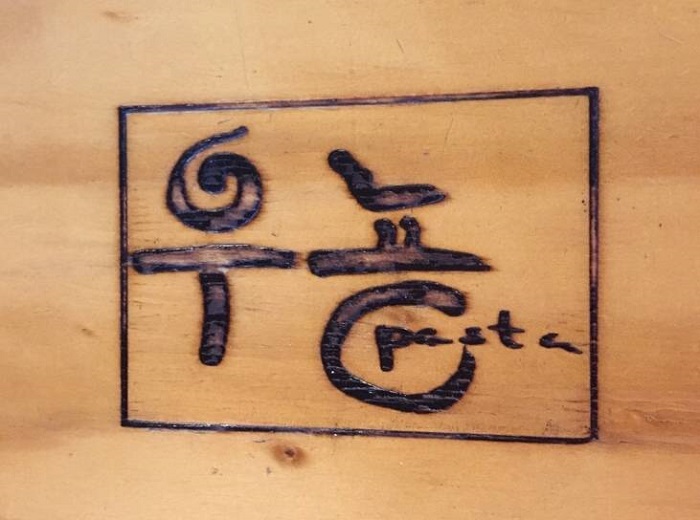
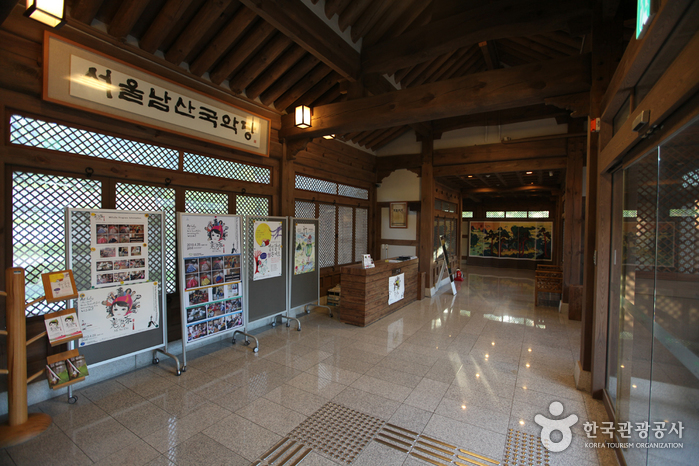

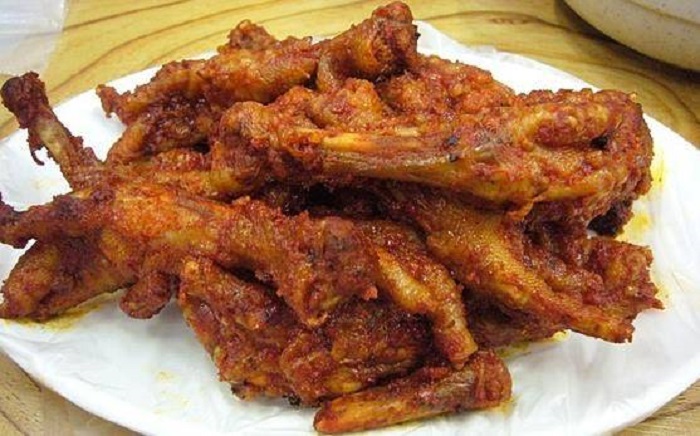
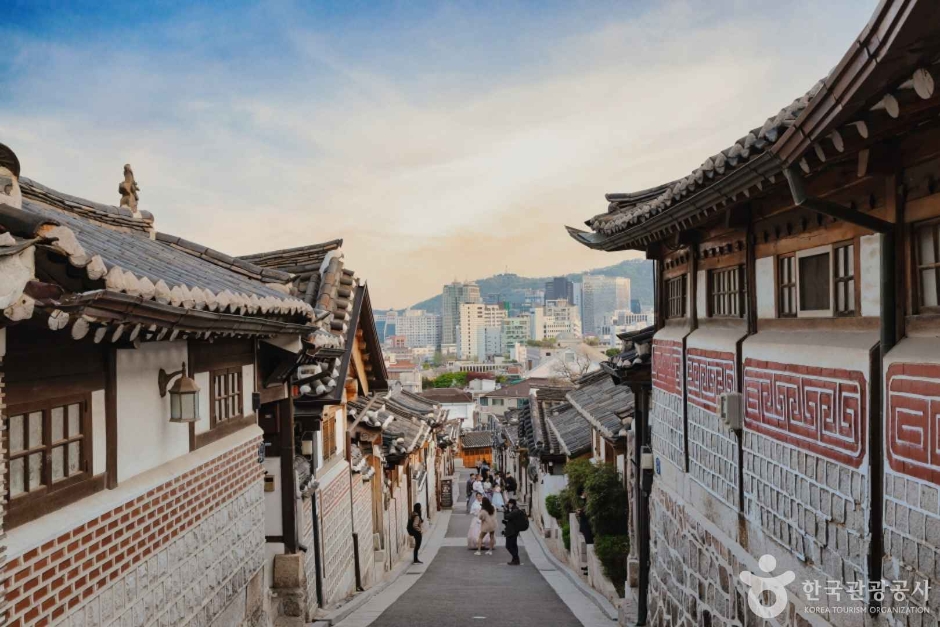
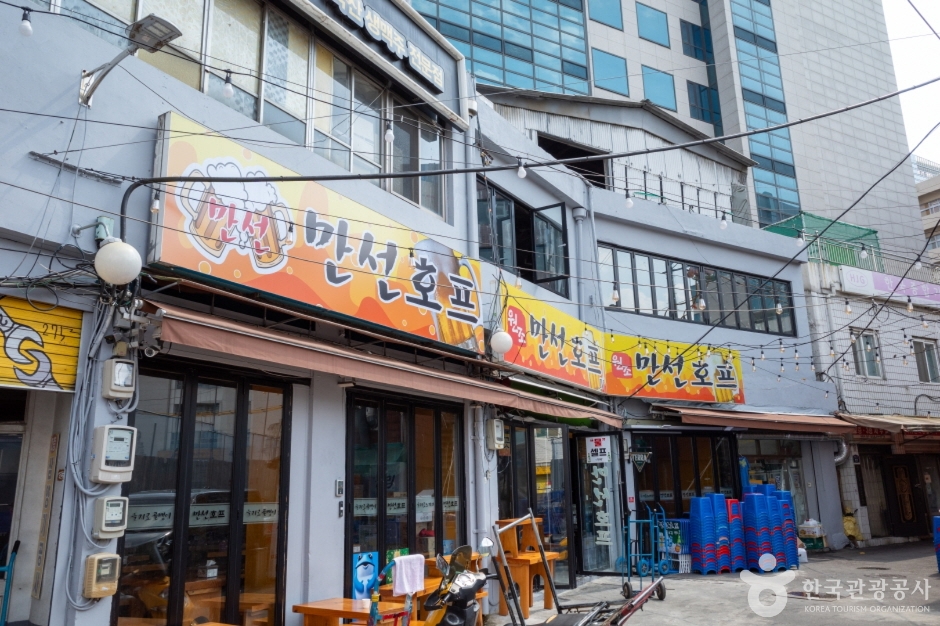
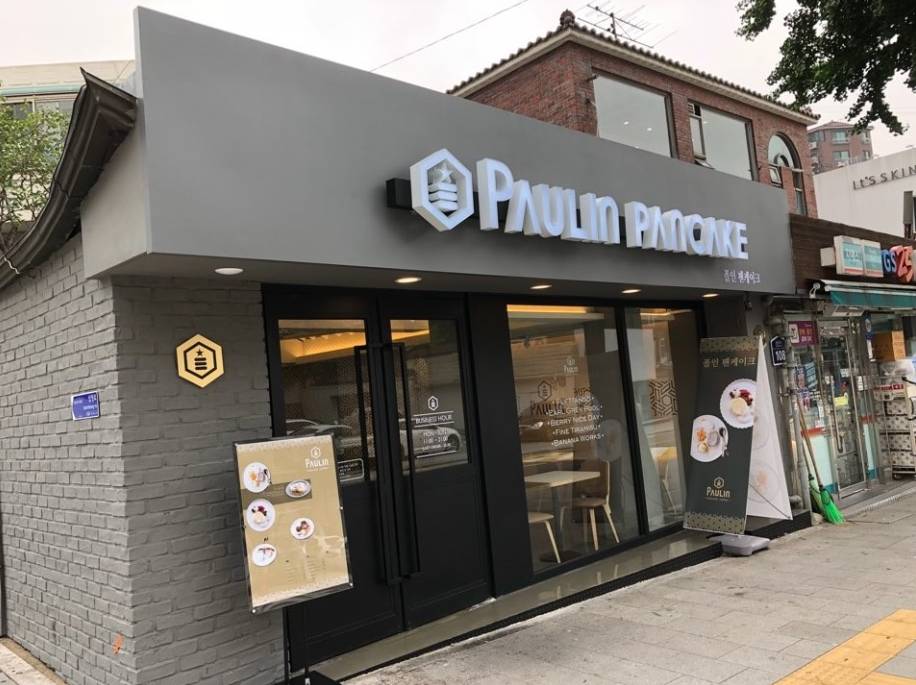
![Lemiel Plastic Surgery [Tax Refund Shop] (르미엘성형외과의원)](http://tong.visitkorea.or.kr/cms/resource/51/3313151_image2_1.jpg)
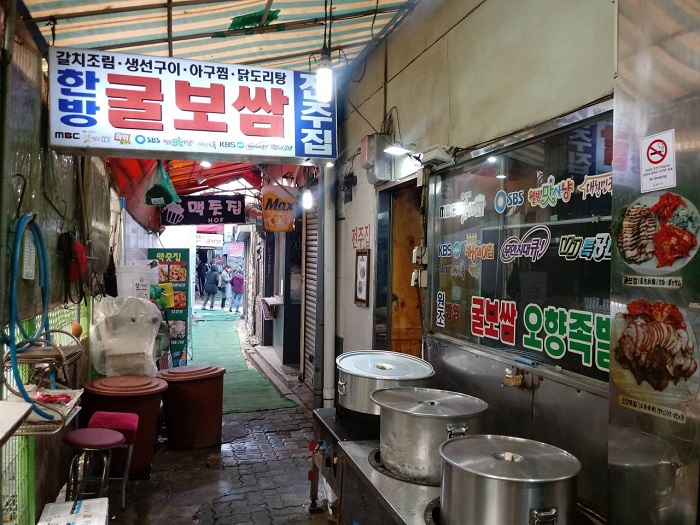
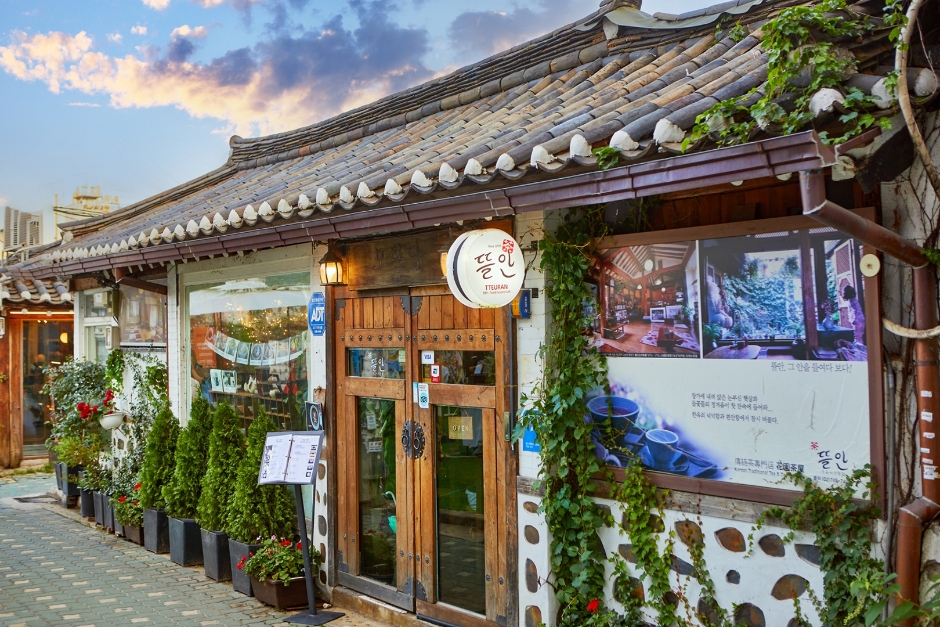
 English
English
 한국어
한국어 日本語
日本語 中文(简体)
中文(简体) Deutsch
Deutsch Français
Français Español
Español Русский
Русский